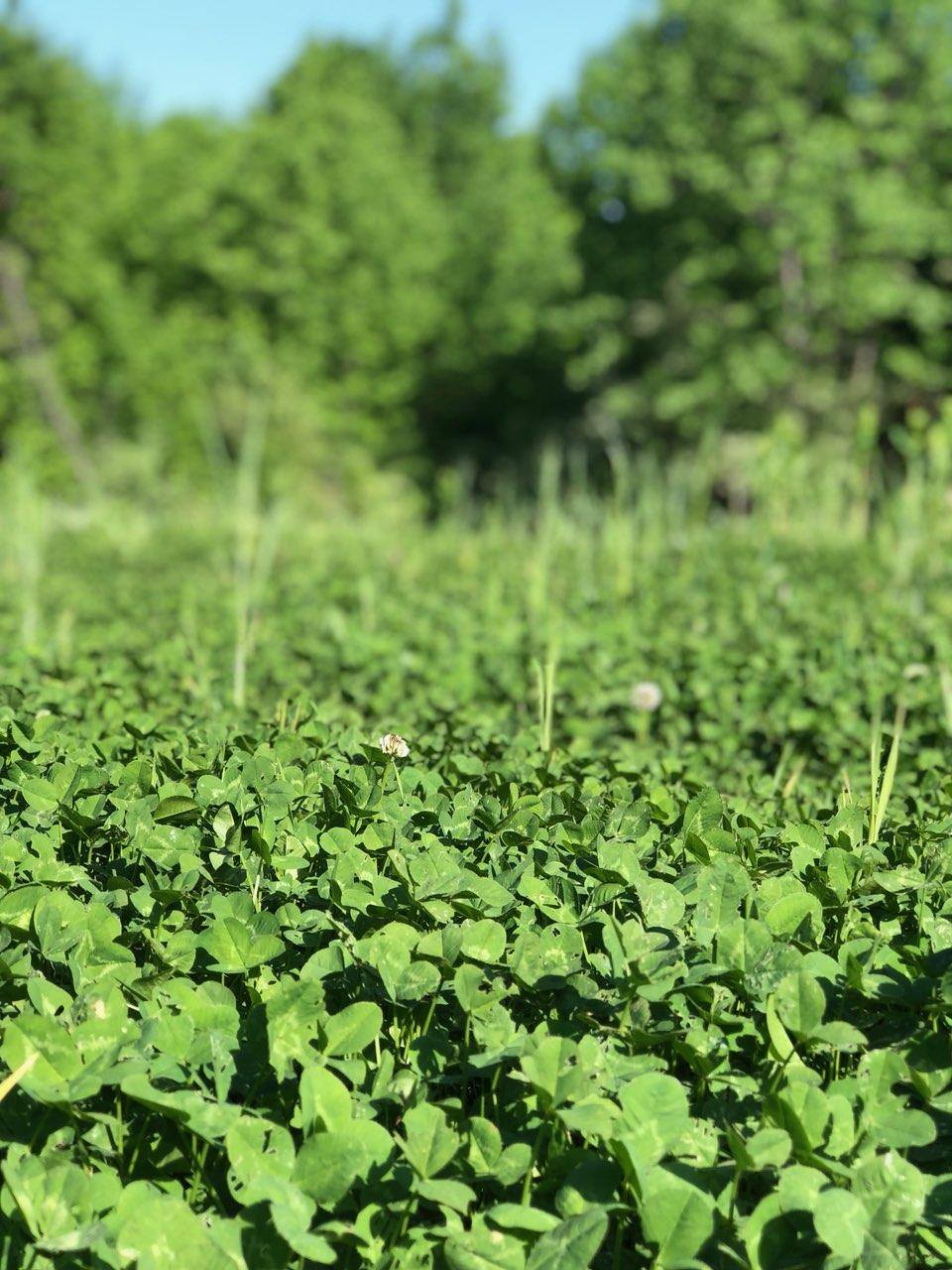You’ve worked all spring putting in food plots, but with the onset of summer, there is some more work to do; you have to give them some TLC. Food plots, like just about everything else, require regular maintenance. And, like just about everything else, the better the maintenance, the longer they will last.
The No. 1 enemy of food plots is broadleaf weeds and grasses. They weaken food plot plants by competing for food, water, and life-giving sunshine. Over time, weeds and grasses will gradually “crowd out” the more desirable food plot plants as the plot gradually returns to its native vegetative state. Native vegetation is generally more suited to growing conditions in a given locale and almost always will prevail over more delicate food plot plants.
Grasses are generally more difficult to control than broadleaf weeds as they have tremendous recuperative powers. The year after a plot is established, grasses will generally begin to show up. Grasses are best controlled by spraying with a grass-specific herbicide that will kill grass but will not affect common broadleaf food plot plants like clover, chicory, and brassicas.
Grass herbicides can be applied with a hand or backpack sprayer if you have the time. Spraying by hand can be uneven but if you persist and use care, you can eventually get the job done. An ATV sprayer makes short work of a plot, and for a few hundred bucks or so, it is definitely the way to go.
We use POAST™ or Arrest™ on grasses. These chemicals only work on growing plants so we spray only when grasses are vigorously growing. We generally spray once in late May or June and if the plot is heavily laced with grass, again in late summer. This protocol will pretty much keep grasses at bay for years until your food plot plants eventually give up the ghost and die of “natural causes”.
General purpose herbicides like Roundup™ are often associated with food plots but they are typically not used for maintenance. They kill everything they come in contact with and will wipe out an entire food plot in one application. Roundup™ is an excellent tool for removing vegetation during site preparation but should be kept off of productive plots.
Broadleaf weeds can generally be controlled by selective mowing. The trick to keeping a weed-free food plot is to mow broadleaves before they go to seed. Most broadleaves are annuals and repeated mowing (2-3x per season) will weaken them and enable the food plot plants to gradually overwhelm the weeds. If they are unable to produce seeds, the reproductive cycle is interrupted.
Mowing also keeps food plots fresh and “young”. Mowing perennial plots like clover when they reach a foot or so in height will keep them growing strong (much like a lawn). Most plots can be trimmed to a height of about 6-8 inches. Tip: Mow half the plot one week then the other half a week later. This keeps good groceries in front of the deer at all times and will never force them to leave your plots to look for food as your plots recover from the mowing (3-5 days).
In addition to weed and grass control, food plots need to be fed. New plots on new ground typically grow like wildfire. But over time, many of the nutrients contained in the soil are used up and plots begin to struggle. Food plots should be fertilized at least once per season and twice is even better. We typically 250-300 pounds (per acre) of a general purpose fertilizer like 15-15-15 in the spring and again in late summer when the fall rains and good growing conditions return. This schedule keeps food on the table all season long and ensures excellent hunting.
Clover only plots do not require nitrogen (the first number in the ingredients’ sequence) as they make their own. They are best treated with fertilizers like 0-15-15 or 5-20-20 as nitrogen will encourage weeds and grasses.
Eventually, most food plots just give out. Their plants weaken over time and are gradually overtaken by native vegetation. Like an old worn-out vehicle, you can only do so much fixing before you are throwing good money after bad. Then it is time to start over again, scrap (with mechanical tillage or herbicides) the whole plot, and start again with fresh seed.
When you look at the time and money it takes to establish a food plot, it only makes sense to take care of it. A couple of hours a year and less than a hundred bucks in fuel, fertilizer, and herbicides will do the trick.
Hunters/landowners should work to be good stewards of their land. This includes being efficient growers, taking care not to exploit the land and, getting the most from their wildlife plantings. Good food plot maintenance leads to good land stewardship.



















![The Best Deer Camp Chili [VIDEO] Deer Chili Ingredients, Tomatoes, Chili Spices](/wp-content/uploads/2015/10/Deer-Chili-Deer-Camp-Recipe-218x150.jpg)
![How to Call Elk Early in the Season [VIDEO]](/wp-content/uploads/2016/08/byers003-218x150.jpg)




![Idiots Disturb Hunter: How Would You Have Handled It? [VIDEO]](/wp-content/uploads/2015/10/DSC00110-e1474487693878-100x70.jpg)
![Albino Buck Shocked to Shed His Antlers [VIDEO]](/wp-content/uploads/2015/10/AlbinoDeer-100x70.jpg)